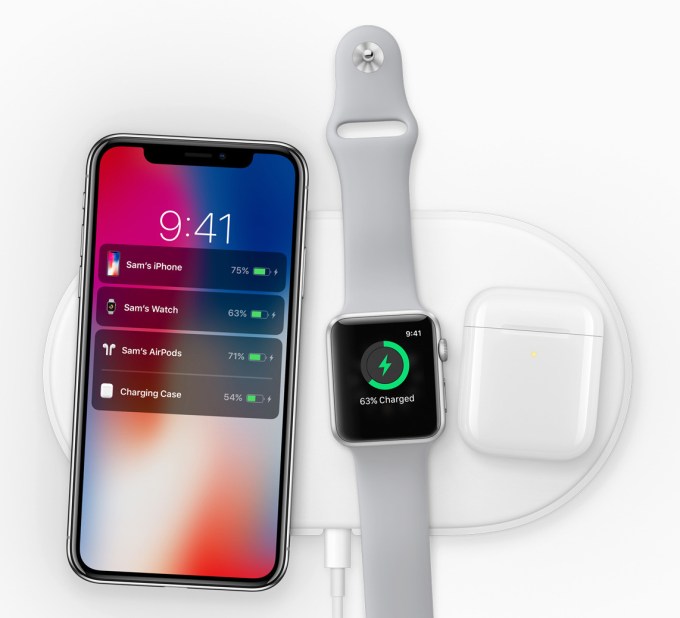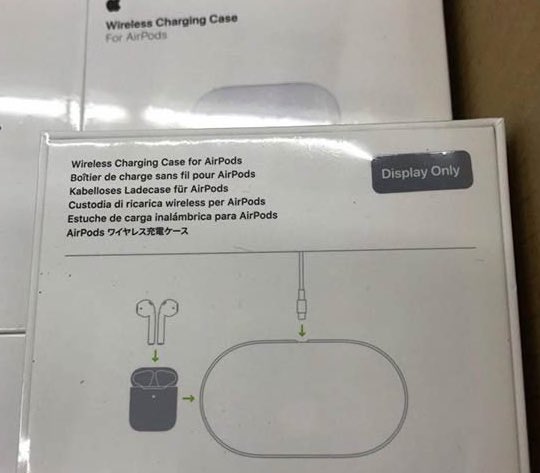“Works with AirPower mat”. Apparently not. Looks like Apple doesn’t treat customers with the same “high standard” of care it apparently reserves for its hardware quality. 9 days after launching its $199 wireless charging AirPods headphones touting compatibility with the forthcoming Apple AirPower inductive charger mat, Apple has just scrapped AirPower entirely. It’s an uncharacteristically sloppy move for the “it just works” company. This time it didn’t.
Apple clearly knew AirPower was borked before launching the new AirPods wireless charging case on March 20th. Failing to be transparent about that is an abuse of customer trust. That’s especially damaging for a company constantly asking us to pre-order new products and that’s known for planned obsolescence. It should really find some way to make it up to people, especially given it has $245 billion in cash on hand.

TechCrunch broke the news of AirPower’s demise. “After much effort, we’ve concluded AirPower will not achieve our high standards and we have cancelled the project. We apologize to those customers who were looking forward to this launch. We continue to believe that the future is wireless and are committed to push the wireless experience forward,” said Dan Riccio, Apple’s senior vice president of Hardware Engineering in an emailed statement today.
That comes as a pretty sour surprise for people who bought the $199 wireless charging AirPods that mention AirPower compatability or the $79 standalone charging case with a full-on diagram of how to use AirPower drawn on the box.
Apple first announced the AirPower mat in 2017 saying it would arrive the next year along with a wireless charging case for AirPods. But when the new AirPods launched March 20th with no mention of AirPower in the press release, suspicions mounted. Now we know Apple was concerned about devices overheating, so it decided not to ship what could become the next Galaxy Note 7 fire hazard.

The new AirPods with wireless charging case even had a diagram of AirPower on the box. Image via Ryan Jones
There are plenty of other charging mats that work with AirPods, and maybe Apple will release a future iPhone or MacBook that can wireleslly pass power to the pods. But anyone hoping to avoid janky third-party brands and keep it in the Apple family is out of luck for now.
Luckily, some who bought the new AirPods with wireless charging case are still eligible for a refund. But if you got yours personalized with an engraving (I had my phone number laser-etched on since I constantly lose them), there are no refunds allowed. And then there are all the people who bought Apple Watches, or iPhone 8 or later models who were anxiously awaiting AirPower. We’ve asked Apple if it will grant any return exceptions.
Combined with the disastrously fragile keyboards on new MacBooks and Apple’s recent vaporware services event where it announced Apple Card, TV+, and Arcade despite them being months from launch, the world’s cash-richest company looks like a mess. Apple risks looking us unreliable as Android if it can’t get its act together.
from TechCrunch https://ift.tt/2V3cbxq
via IFTTT
Comments
Post a Comment